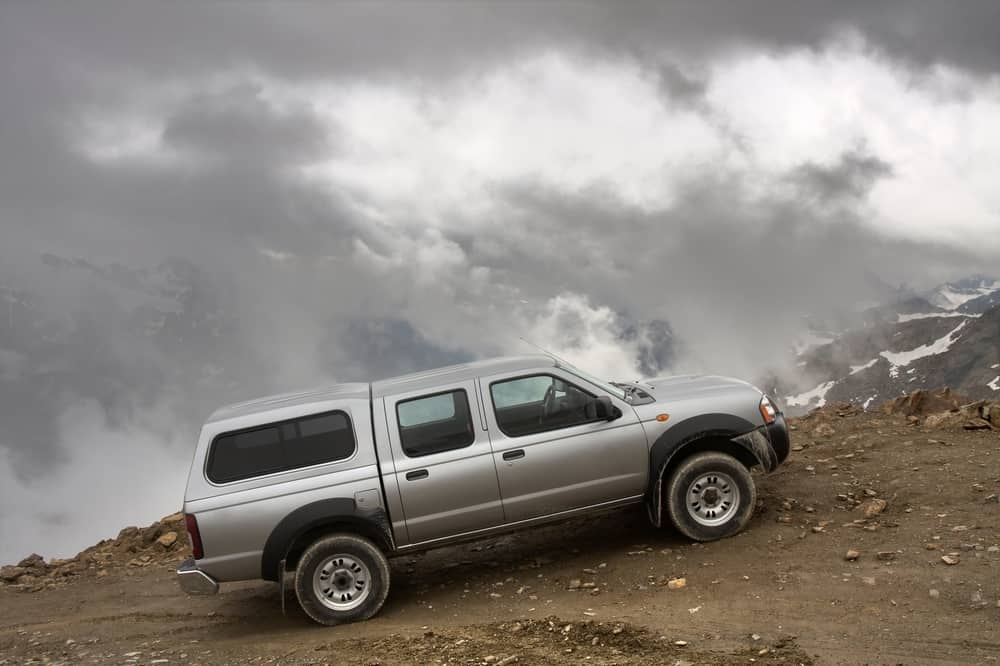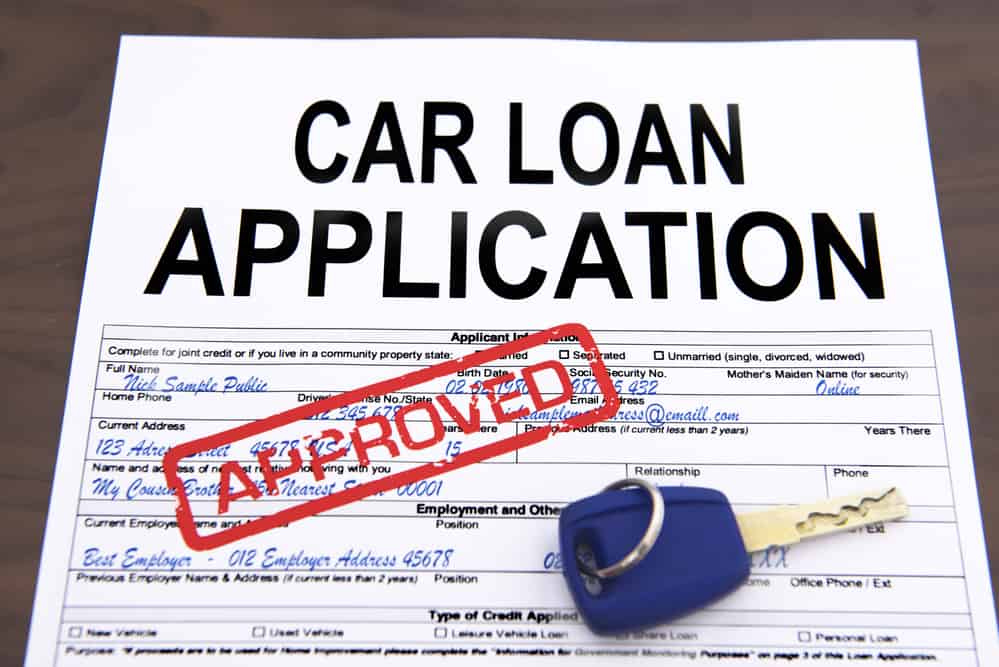You are ready to buy your first car. You can see yourself, driving in that shiny red convertible, feeling the wind in your hair. You might even go look at one in the dealership. But then, reality hits. The payments for that glam roadster are more than your rent payment. So it’s time to shop smart. Whether you are a recent grad with your first real job or a city mouse moving to the country, use these tips to help you buy the right car.
Know what you need.
We just mentioned the spiffy convertible. That was a want, not a need. Do your research on the make and model that best suits your circumstances. A Mini Cooper may be the car of the moment, but will it work for you as for daily transportation? Are you in charge of transport for the local soccer team? Do you have someone with special needs who needs a ride to an appointment every week? Options like a moon roof, sexy rear spoiler and a high end audio system can add to the bottom line, so are they really that important ?Check the most reliable sources for safety, fuel economy and reliability ratings. Some go-to sites are Consumer Reports for everything, the EPA for fuel economy, and IIHS (Insurance Institute for Highway Safety) for safety ratings.
Ask yourself what kind of driving you will be doing, and in what sort of terrain. Front-wheel drive is cheaper for the manufacturer to design and build, as there are fewer parts and it is easier to manage on the assembly line. As a result, the car is lighter and gets better gas mileage. Front-wheel drive also offers better traction in rain and snow. The weight of the engine is on top of the front wheels and helps the car grip the road in bad weather. But there are also cons to front-wheel drive vehicles. Front-wheel drive axles are more prone to damage and need more repair as time goes on. Because of the weight at the front, front wheel drive cars tend to be harder to handle, as the weight of the front-wheel drive causes “torque steering,” or a jerking of the wheels to the left or right . However, newer cars have electronic traction control, which lessens this problem.
Rear-wheel drive is designed for tougher use without needing repair. Race cars and service vehicles like police cars are rear-wheel drive, as they put their cars under more pressure than a citizen usually dies. Rear-wheel drives offer better handling and balance, due to the drive train weight being distributed evenly instead of over the front wheels. But rear-wheel drives suffer when it comes to traction – they will slip and slide in rain and snow.
All-wheel drive offers a little bit of the good and bad of both rear- and front-wheel drive types. Traction is improved significantly in all types of weather. Balance and handling is also improved. But all-wheel drive vehicles can weight much more than the front- or rear-wheel drive vehicles, impacting acceleration and fuel usage.All-wheel drive vehicles cost more on the sticker, and more parts mean more repair possibilities.

Do your research.
Check out websites with new car reviews and ratings, along with cost of ownership and residual value, also called retained value, which is a vehicle’s projected resale price. Edmunds.com rates vehicles for best retained value. Once you’ve digested those, balance it with your gut instincts — or those instincts of someone whose gut you trust. Ask for help from people you trust. Be proactive; if you see someone in a parking area with a car you have an interest in, ask him about the ownership experience. Visit dealerships and ask about the car you have interest in. You will have to fend off aggressive sales calls after your visit, though, so plan ahead with a “I’m still looking” script for those calls. Talk to friends who have bought new cars and ask them about handling, comfort, road noise, etc. Autoblog.com researches and compares new cars. Make a list of cars and models that fit your specific needs.
Know what you can afford each month.
Unless you are paying the full amount in cash (don’t we wish!), you’ll have monthly finance charges. Take a good look at your monthly budget to see how much you can comfortably afford. Then go back to the list of cars that fit your specific needs, and determine which one will fit into your payment budget. That will be easier on your budget than deciding on a car and then having to cut back on other expenses, including maintenance for vehicles without a warranty. And don’t forget to calculate in the cost of insurance, maintenance, gas and other expenses.
Understand the finance charges.
According to the experts at KBB, you should figure $25 a month for every $1,000 you borrow for 48 months and $20 a month with 60-month financing. With that as a guideline, every $10,000 borrowed is $250 a month for four years, and $200 a month for five, so a bigger cash down payment means less financing. Again, this is the base obligation. Insurance, fuel and periodic maintenance are additional.
Manufacturers often offer cash rebates or low-interest financing. Incentives are often listed on a manufacturer’s website and on car shopping sites such as Edmunds and KBB. The newest incentives are a “conquest” payment to thank you for switching your loyalty from Brand One to Brand Two, and a “loyalty” discount for staying with the same brand. If you have to take on a dealership loan to get a deal on the overall price, crunch the numbers and see if it would be worth it to carry the loan for a few months (or for a required amount of time) and then refinance later.

Get pre-approved for financing.
Don’t think you have to finance through the dealership. Talk to your bank or credit union about a new car loan. Credit unions sometimes have car loan interest rates that are significantly lower than dealership rates. Shop around the same way for the best interest rate and terms. Your own bank or credit union may approve you sooner, and offer you a better deal, than the car dealership’s finance department. I bought a vehicle through the dealer, but then found a better loan package through my credit union. I quickly switched loans, saving myself nearly 6% on interest rates. Talk with your bank or credit union about financing before talking to the dealer, because it’s nice to have options. However, your bank or credit union may want to know what type of car and price you are considering, so make sure you have narrowed your search and listed some price estimates before making an appointment with your bank officer.
Visit the automaker’s website to see option packages.
This is one of the few times where we will suggest you spend more. You might decide that you will save money over the course of ownership by upgrading seats or adding accessories. Often those add-ons are less expensive when you order versus waiting to purchase later. You might decide that it’s not worth the price of a sunroof because you can get one only in a package with a pricey audio system or leather-wrapped steering wheel. Think about long-term use or resale potential. Accessories, even used ones, can be more expensive to buy and install after the car is off the lot. Consider tow packages, extra seats, truck accessories like bed extenders or covers, or upgraded rear cameras.
Take a test drive.
With maintenance and careful driving, you could have this car for ten years – so make sure you are comfortable behind the wheel. Check seat height, steering wheel adjustment, dashboard view, rear window visibility, and even passenger seat and seat belt comfort. Sit in the back seat and look at leg room, and easy entrance and exit. Anyone who might be driving the car regularly should be involved in the test drive. I love the comfort of my Nissan Frontier, but my fiance’s head presses into the headliner when he drives the truck. Test drive the car on highway, city streets, and your own driveway and garage. Some dealerships will allow you to take a car out “on loan” to see if it meets your everyday needs.
Determine the proper purchase price.
Once you’ve decided what you like, after you established what you can afford, it’s time to negotiate a purchase price. KBB.com has its Fair Purchase Price, which gives you an accurate idea of what others near you have paid for the same or similar car. A credit union can provide perspective, and may have a preferred dealer or specific sales person. Get the referral before taking another salesman’s time for a walk around and demo. Most sales people work on commission, and commissions are notoriously small. Sites such as TrueCar and CarsDirect give you the so-called “out the door” price of a model with the options you want. Write it down. Make sure you research the invoice price of the car in question, not the MSRP (Manufacturer’s Suggested Retail Price). The invoice price is what the dealer pays the manufacturer for the car. Knowing this price will be a handy bit of information when you start to negotiate. 
Negotiate.
You’ll probably be asked what you want to pay. Never reveal the “per month” number you set for yourself at the beginning of this article. Keep your numbers lower than your target budget amount. If you can handle a $25,000 car with a $600 per month budget – don’t let them know that. You want to give yourself some room to bargain. This is when knowing the invoice price of a car is valuable. You know how low a dealer can go on markup price before they can no longer make money. And remember, they need to make money, too. Be fair in your negotiations. Unhaggle.com shows you
Your salesperson will probably want to focus on the vehicle’s MSRP or on your monthly payment. You must begin with the lowest price (keeping in mind the invoice price) and work up. If the salesperson starts with your monthly payment, costs become vague and may be inflated by stretching out a loan amount (adding interest over time) or including unnecessary options. Negotiate one item at a time, and decide on a price based on the total before discussing financing.
Let your salesperson know that you have done your homework on this vehicle. You know exactly what you want and have researched prices. Make an offer that includes a fair profit for the dealership. You might begin with the invoice price plus $100, not including incentives. If the salesperson agrees, you are ready to buy immediately. If not, inform the salesperson that you plan to visit other dealerships. Or, if you have offers from other dealerships, ask if they can go lower with their amount. Be clear and firm about your needs and the amount you will agree on.
For more tips on cars:
- Used car shopping? Do your homework.
- Buy or lease your next car?
- Is it time to buy a car online?
- Pack a winter emergency kit for your car.
- Do you need rental car insurance?
- How to find out if your car has been recalled


I notice you did not mention the website “Fighting Chance”. Absolutely stellar advice and system for purchasing a new car or even a used car without getting STUCK or SNOOKERED!! Contact them for more info and please tell them that Cathrine sent you! We saved lterally thousands on our last two new car purchases.